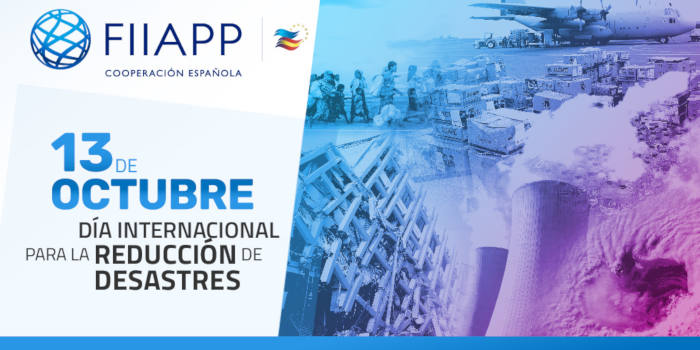-
17 October 2019
Category : Opinion
EVALÚA and Ecuador’s rebuilding efforts after the 2016 earthquake
Marta Monterrubio, Public Policy Evaluation specialist from the Evalúa project, tells us about the policy evaluation carried out after the earthquake that took place in Ecuador in 2016

When it comes to preparing the National Evaluation Agendas, different goals come into play: accountability, policy improvement or programme evaluation (its design or management), transparency promotion as a democratic tool, and ultimately institutional or managerial learning.
In terms of Disaster Risk Management, this evaluation is relevant to all of these matters. It is also a particularly sensitive matter: in addition to exposing the major vulnerabilities that afflict a large part of the world’s population, there are known cases of regrettable deficiencies in fund management for emergency and reconstruction. The unanimous opinion of specialists, also included in the Sendai Framework, is that in terms of disaster risk having a solid prevention system helps prevent the loss of human lives, as well as material loss and the loss of basic goods for population survival. It will also make a difference when facing subsequent reconstruction.
On April 16, 2016, an earthquake of magnitude 7.8 (Mw)3 was recorded on the north-east coast of Ecuador. 671 people died and 6,277 were injured. The damage affected four provinces, and fourteen cantons were declared to be in a state of emergency.
After assisting the first moments of the emergency, the Ecuadorian government approved the 2016 Post-Earthquake Reconstruction Plan, framed within its Risk Management regulations and in the National Decentralized Risk Management System (SNDGR). The Reconstruction Plan’s aim is territorial recovery, canalise the reconstruction and recovery processes of post-earthquake livelihoods under the criteria of resilience and sustainability through intersectoral and multilevel coordinated interventions.
What has emergency and reconstruction assistance coverage been like for the population in the affected areas? How many families benefited from this asisstance and for how long? How and in what way were the shelter, rental and food aid distributed? Were the most vulnerable people included? To what degree was infrastructure rehabilitated? How many public health facilities were rebuilt and rehabilitated? What is the degree of citizen satisfaction with regard to medical care and services? Is Ecuador’s National Decentralized Risk Management System working as well as it could to prevent and manage disasters of this nature? What improvements should be made to minimize the consequences of possible future disasters?
These are just some of the questions that the evaluation will answer: Transparency, improvement, learning.
The consulting team hired by EVALÚA has already completed the field work. In the next few weeks we will have the answers.
The views and opinions expressed in this blog are the sole responsibility of the person who write them.




